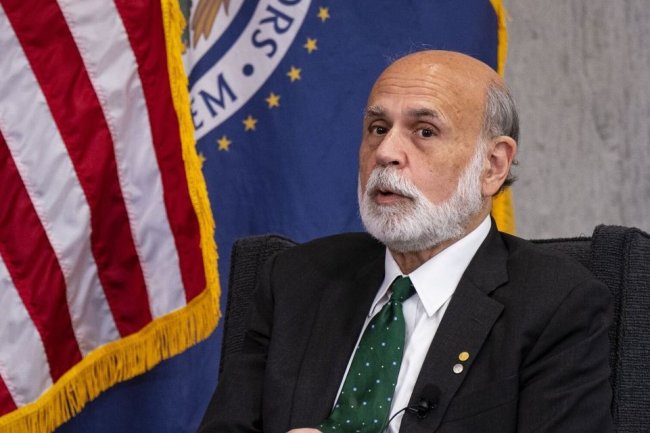Student-Loan Forgiveness Isn’t Dead
The Supreme Court rejects Biden’s plan, but his administration already has a backup in the works. By Nat Malkus June 30, 2023 4:36 pm ET Student-loan protesters in Washington, May 12, 2020. Photo: Paul Morigi/Getty Images The Supreme Court closed its term Friday by striking down President Biden’s $400 billion plan to cancel up to $20,000 for borrowers making $125,000 or less. But the administration already has a backup plan, which would make forgiveness a permanent part of the student-loan system: the Education Department’s proposed changes to income-driven repayment. IDR programs link borrowers’ student-loan payments to their income and family size to insul


Student-loan protesters in Washington, May 12, 2020.
Photo: Paul Morigi/Getty Images
The Supreme Court closed its term Friday by striking down President Biden’s $400 billion plan to cancel up to $20,000 for borrowers making $125,000 or less. But the administration already has a backup plan, which would make forgiveness a permanent part of the student-loan system: the Education Department’s proposed changes to income-driven repayment.
IDR programs link borrowers’ student-loan payments to their income and family size to insulate them from unaffordable payments and prevent default. After a set period of successful repayments, IDR participants’ remaining loan balances are forgiven. Designed to be a safety net for borrowers whose college investment didn’t pay off, IDR plans are determined by three primary components: the income exemption, under which borrowers’ monthly payments would be zero; the assessment rate, the percentage of nonexempt income that goes to student-loan payments; and the term to forgiveness, the required period of successful payments after which outstanding debt is forgiven.
In January, the Education Department announced plans to overhaul IDR by making all three of these components far more generous. These changes would push the income exemption from 150% to 225% of the federal poverty level, cut the assessment rate for undergraduate debt from 10% to 5%, and halve the term to forgiveness, from 20 years to 10, for borrowers with undergraduate debt balances below $12,000, shorten the term for millions more, and increase it to 25 years for borrowers with graduate debt.
Under these changes, the average undergraduate participant could expect substantial forgiveness. A recent analysis from the Urban Institute found that under current IDR rules roughly 1 in 5 IDR participants with typical undergraduate debt—about $31,000 for bachelor’s recipients—will have at least half of their loans forgiven, and that the share would increase to 1 in 2 participants under the administration’s proposal. The proportion of bachelor’s-degree holders with typical debt levels who fully repay their loans would decline from 59% to 22%. Under the proposed rules, IDR participants are on average expected to repay 71 cents or less for every dollar borrowed.
These changes would transform IDR from a safety net for a few to a hybrid loan-grant system that Congress never intended to create. And they would have unintended consequences. Colleges could get the green light to raise costs, and increased student borrowing will translate to greater burdens for taxpayers.
How expensive might these IDR changes be? The Congressional Budget Office pegged the cost at $230 billion over 10 years if the Supreme Court upheld Mr. Biden’s loan-forgiveness plan. That estimate grows to $276 billion now that the justices have blocked it. The Penn Wharton Budget Model estimates the 10-year cost at $333 billion if IDR participation increases to 70% of borrowers, and $471 billion if participation increases to 91%. But those estimates do not yet factor in expected increased borrowing per borrower. They also assume Mr. Biden’s forgiveness would go through, reducing loan volume by around $400 billion. Now that the court has acted, $500 billion is a plausible 10-year cost.
The IDR changes could cost taxpayers $50 billion a year and would be politically difficult to roll back. But the regulations would be vulnerable to judicial intervention. In a case tailor-made for the ascendant major-questions doctrine, courts would have to decide whether the president has the authority to transform the student-loan system into an entitlement program that Congress never authorized. The justices may again have to determine the limits of federal student-loan forgiveness.
Mr. Malkus is the American Enterprise Institute’s deputy director of education policy studies.
Wonder Land: Americans don’t want to forfeit forever their views on abortion or other personal issues. Images: Reuters/Associated Press Composite: Mark Kelly The Wall Street Journal Interactive Edition
What's Your Reaction?













